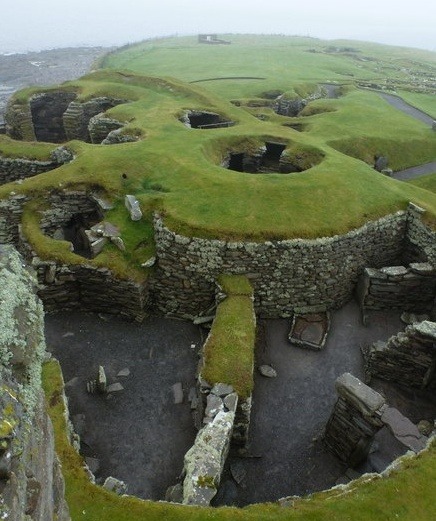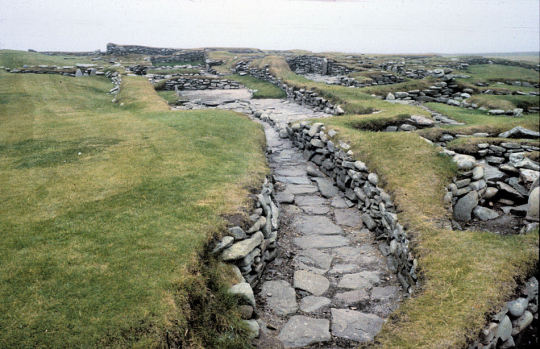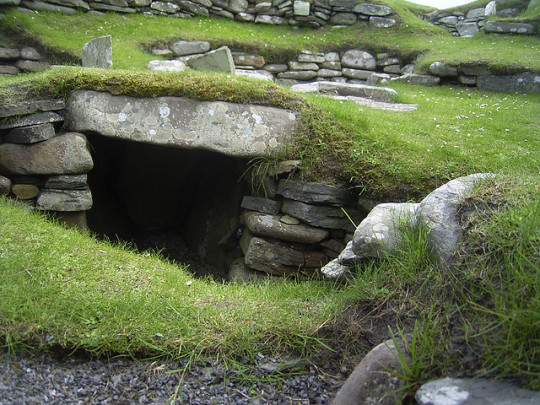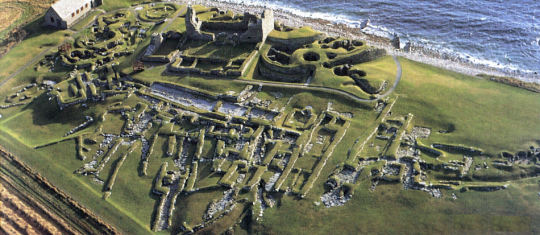ars longa, vita brevis. classics and anthropology student reporting on old places, things, events, and that of the like.
Don't wanna be here? Send us removal request.
Video
youtube
a passage from Gilgamesh epic, pronounced in ancient Babylonian language
235 notes
·
View notes
Photo
Ostia was the coolest

i took a shot of gatorade at that bar. oh yeah.
28 notes
·
View notes
Photo





Iecur Placentinum
Liver of Piacenza - 2nd-3rd century BC
Fígado de Piacenza - sec. II-III a.C.
19 notes
·
View notes
Photo

Etruscan tomb, 530 BC
Rome, Museum Villa Giulia
322 notes
·
View notes
Photo

Olmec megalith
48 notes
·
View notes
Photo

Olmec Throne, La Venta, Tabasco, Mexico
1000-600 BCE
35 notes
·
View notes
Photo

Statues renversée de Sésostris à Thèbes (Egypte) - Photography by Maison Bonfils, albumen print ca. 1867-99
14 notes
·
View notes
Photo


This beautiful copper alloy diadem was created in what archaeologists call the Hallstatt Culture, a European Iron Age culture. It was made circa 750–500 BCE. The Metropolitan Museum of Art in New York, which owns the diadem, isn’t clear about precisely where it was discovered, but it’s from the Carpathian region.
(Source.)
82 notes
·
View notes
Photo

place new finds here at the end of the day
3 notes
·
View notes
Photo

From the Archaeology Museum in Orvieto
LOOK AT THE PUDGEY OWL
21 notes
·
View notes
Link
Linguists Alwin Kloekhorst and Alexander Lubotsky from Leiden University made a great discovery this summer. They deciphered a few dozen inscriptions on pot shards found in Daskyleion (North-West Turkey) as Phrygian and Lydian, and thus proved the presence of the Phrygians and Lydians in that area.
Way cool.
4 notes
·
View notes
Photo

Munich, Museum antiker Kleinkunst
White-ground classical funerary lekythos with inner compartment for a token amount of oil (found in a grave at Oropos, near the Attic/Boeotian border)
The messenger god Hermes, bearded but youthful, sits on the rocky shores of the river Styx. He wears his travelling hat and cloak, but is bare foot. Holding his caduceus in his left hand, he beckons with his right to a woman who wears a heavy mantle over a lighter chiton and adjusts a ‘crown’ on her head. She stands on the ground, already enveloped by the rocks. In the background, behind the rocks, a shaft-like tomb on a stepped base has been decked with ribbons.
46 notes
·
View notes
Photo
the things I would do to see this in person





The Pergamon Altar, c. 200-150 B.C. Pergamon Museum, Berlin
775 notes
·
View notes
Link
The first ever Etruscan pyramids have been located underneath a wine cellar in the city of Orvieto in central Italy, according to a team of U.S. and Italian archaeologists.
Carved into the rock of the tufa plateau —a sedimentary area that is a result of volcanic activity — on which the city stands, the subterranean structures were largely filled. Only the top-most modern layer was visible.
22 notes
·
View notes
Text
The lewd graffiti of ancient Pompeii

Thanks to the volcanic ash that destroyed the city of Pompeii nearly overnight, modern archaeologists have been given a very preserved look at the lives of the people of ancient Rome, and that includes some of the lewd graffiti that in other places has long since been washed away.
Read More
44 notes
·
View notes




